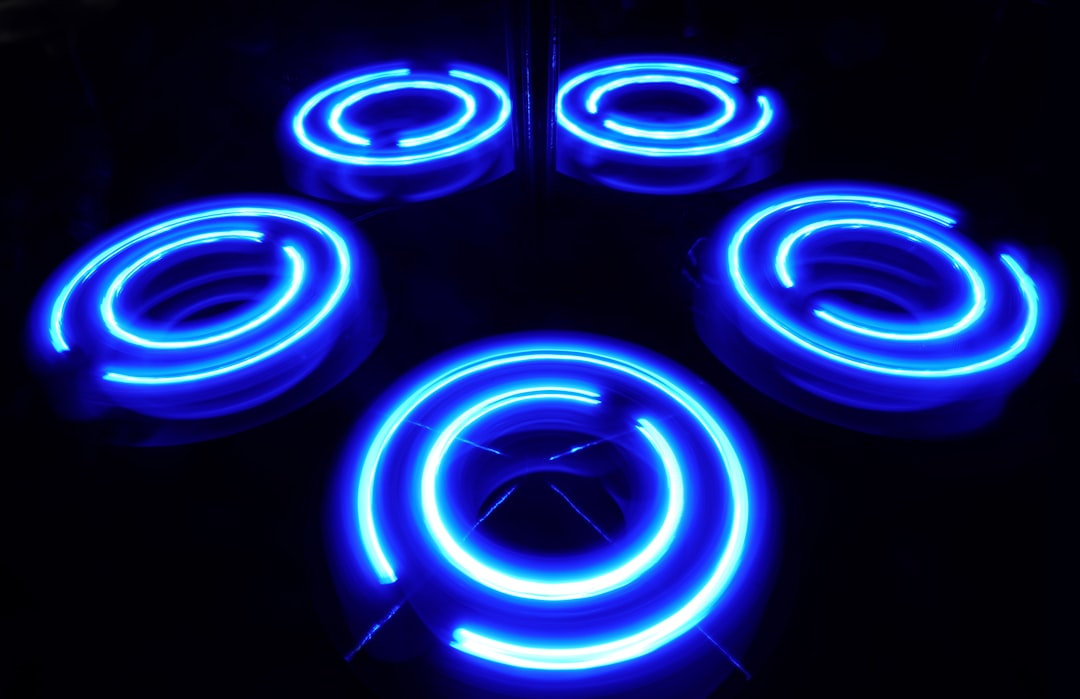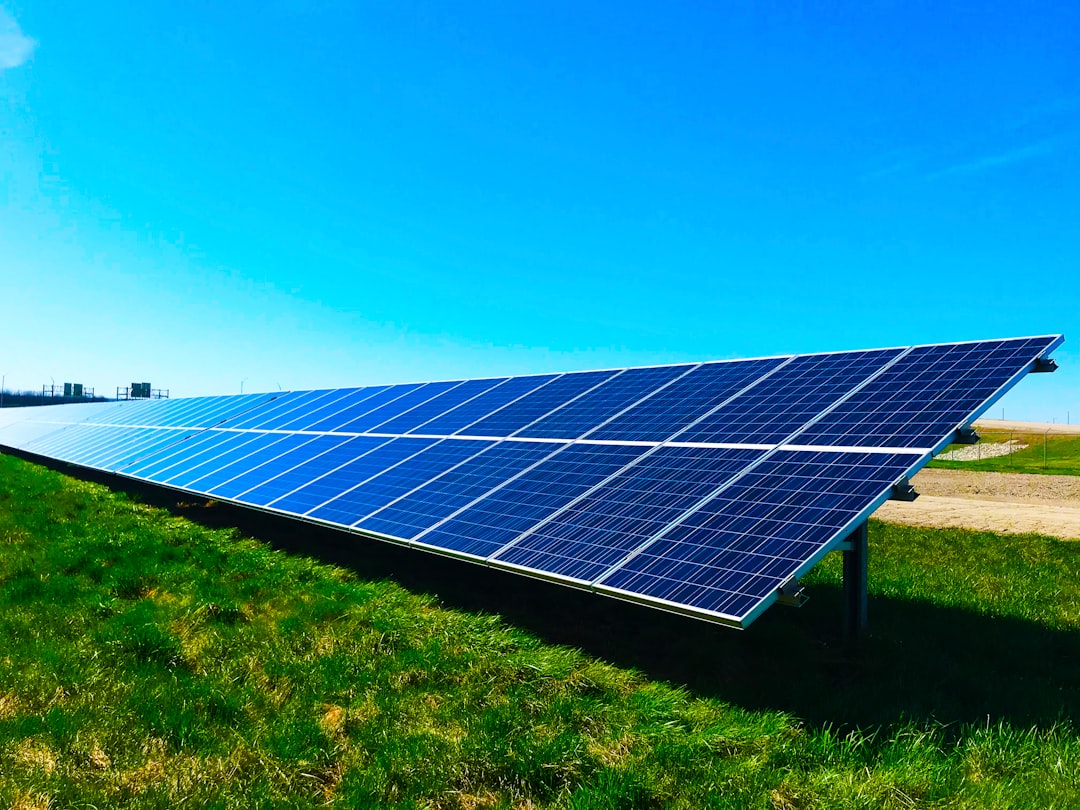What is it about?
This work shows the emergence of fractional quantum states or fractional quantum conductance when electron-electron interactions in a quasi-one-dimensional system create a zigzag configuration. This zigzag state created due to spatial-reorganization of electrons as well as enhancement in asymmetry of the confinement potential possesses quantized conductance at fractional values of quantum of conductance (e^2/h), at 2/3, 2/5, and 2/7. The odd-denominator fractional states without any magnetic field were completely unexpected, which is a major outcome of this research.
Featured Image

Photo by Bamdad Norouzian on Unsplash
Why is it important?
The emergence of fractional conductance states in the absence of a quantizing magnetic field was not expected unlike the case of the Fractional Quantum Hall Effect where fractional states with odd-denominator are seen in double quantum well systems as well as in wider quantum wells. In the present case, the 1D electron wavefunction is tuned by enhancing the asymmetry in confinement potential such that a variety of unexpected fractional states had emerged out due to enhanced many-body interaction in the ground state and the cyclic current produced due to the formation of zigzag configuration in the channel. The effect appears to have some degree of topology, though no such evidence is yet seen in the work presented in this paper.
Perspectives
We feel this article's essence will drive many collaborations between researchers from various disciplines such as materials science, condensed matter physics, chemistry, high energy physics, topological and quantum information schemes, and those interesting in elementary particle physics. It was very satisfying seeing our work furthering the fundamentals of experimental quantum condensed matter physics as well as reshaping the emergent future technologies.
Sanjeev Kumar
University College London
Read the Original
This page is a summary of: Formation of a non-magnetic, odd-denominator fractional quantized conductance in a quasi-one-dimensional electron system, Applied Physics Letters, September 2019, American Institute of Physics,
DOI: 10.1063/1.5121147.
You can read the full text:
Contributors
The following have contributed to this page










